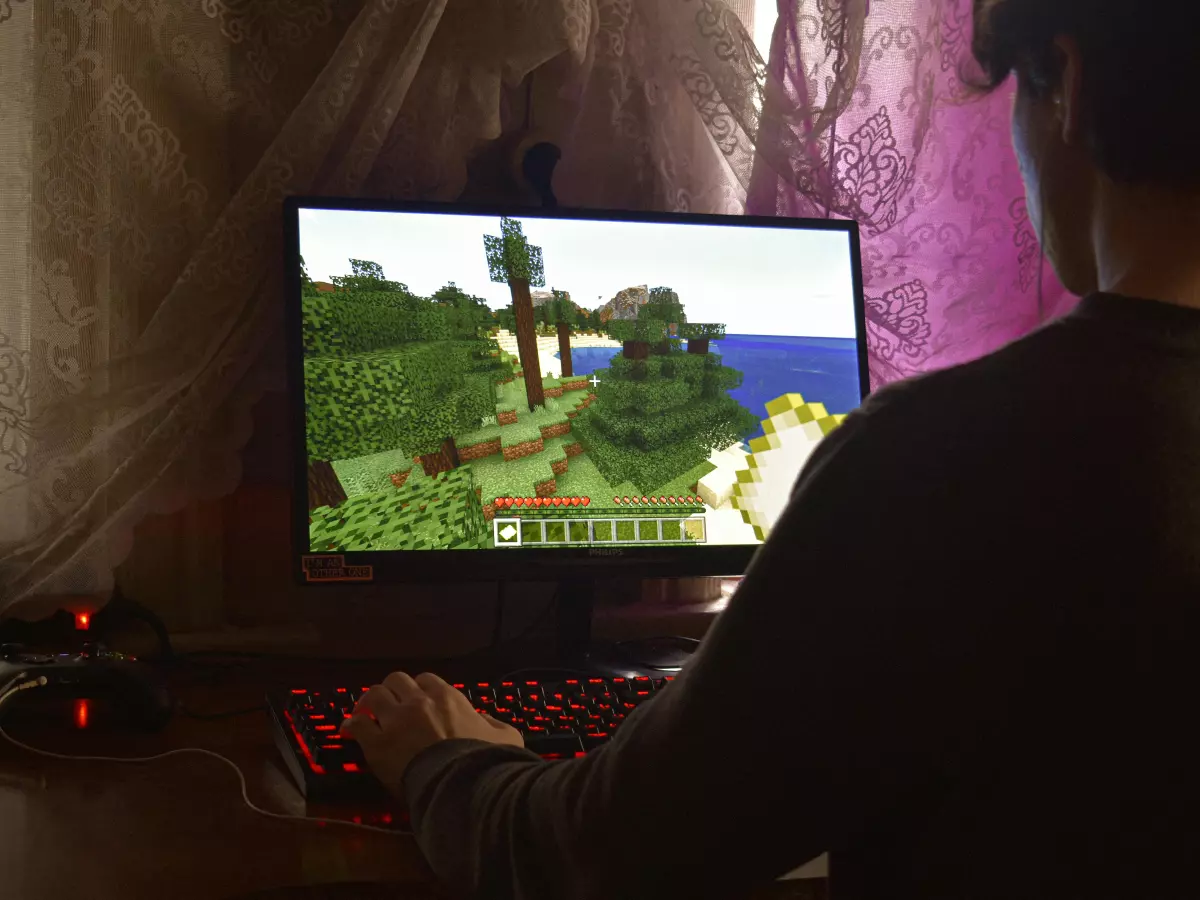Skin Deep
"Why does the character's face look like plastic?" my friend asked, squinting at the screen. "Isn't this supposed to be next-gen?"

By Tomás Oliveira
Ah, the eternal struggle of game developers: making virtual skin look convincingly human. If you’ve ever paused mid-game to marvel—or cringe—at a character’s face, you’ve encountered the complexities of real-time skin rendering. It’s not just about slapping on a high-resolution texture and calling it a day. Oh no, my friend, the rabbit hole goes much deeper than that.
Let’s start with the basics. Real-time skin rendering is the process of simulating the appearance of human skin in a game, with all its subtle imperfections, translucency, and dynamic lighting effects. Sounds simple? Not quite. Human skin is a complex, multi-layered structure that interacts with light in ways that are maddeningly difficult to replicate. And when you’re trying to do this in real-time, at 60 frames per second or more, the stakes—and the challenges—skyrocket.
The Science of Skin
To understand why this is so hard, let’s break down what makes skin look like, well, skin. First, there’s the outermost layer, the epidermis, which scatters light. Beneath that lies the dermis, which absorbs light and reflects it back in a diffused manner. This interplay of scattering and absorption is what gives skin its characteristic softness and glow.
Now, imagine trying to simulate all of that in a game engine. Developers use a technique called subsurface scattering (SSS) to mimic how light penetrates and diffuses through skin. While SSS has been a staple in pre-rendered graphics for years, doing it in real-time is a whole different beast. Why? Because it’s computationally expensive. Every ray of light interacting with a character’s skin needs to be calculated, and when you’ve got multiple characters on screen, the workload can bring even the most powerful GPUs to their knees.
The Texture Tango
But wait, there’s more! Skin isn’t just about light; it’s also about texture. Pores, wrinkles, blemishes—these tiny details are what make skin look realistic. Game developers use high-resolution normal maps and displacement maps to add these details without bogging down performance. However, striking the right balance between detail and efficiency is like walking a tightrope. Too much detail, and your game chugs. Too little, and your characters look like wax dolls.
Then there’s the issue of dynamic lighting. In a game, characters move through different environments—sunlit fields, dimly lit caves, neon-soaked cityscapes. The skin needs to react to these changing light conditions in a believable way. This requires advanced shaders that can adapt on the fly, which, you guessed it, adds another layer of complexity.
Animation Woes
Let’s not forget animation. Skin isn’t static; it stretches, wrinkles, and deforms as characters move. This means the underlying mesh and textures need to be flexible enough to accommodate these changes without breaking immersion. Achieving this requires a combination of advanced rigging techniques and real-time deformation algorithms, both of which are notoriously tricky to get right.
The Uncanny Valley
Even when developers nail the technical aspects, there’s another hurdle: the uncanny valley. This is the eerie feeling we get when something looks almost human but not quite. Realistic skin rendering can sometimes backfire, making characters look creepy rather than lifelike. To avoid this, developers often have to dial back the realism, striking a delicate balance between believability and artistry.
The Future of Skin Rendering
So, what’s the solution? Advances in machine learning and AI are showing promise. Neural networks can analyze real-world skin data and generate more accurate textures and lighting models. Ray tracing, though still in its infancy for real-time applications, offers another avenue for more realistic skin rendering. And let’s not forget the ever-increasing power of GPUs, which makes it possible to push the boundaries of what’s achievable in real-time.
But for now, the struggle continues. The next time you’re blown away by a character’s lifelike appearance—or distracted by their plasticky sheen—spare a thought for the developers who are battling the many-headed hydra of real-time skin rendering. It’s a fight that’s as much art as it is science, and one that’s far from over.
And here’s a fun fact to leave you with: Did you know that the average human face has over 20,000 pores? Now imagine trying to render all of that in real-time. Yeah, let that sink in.





